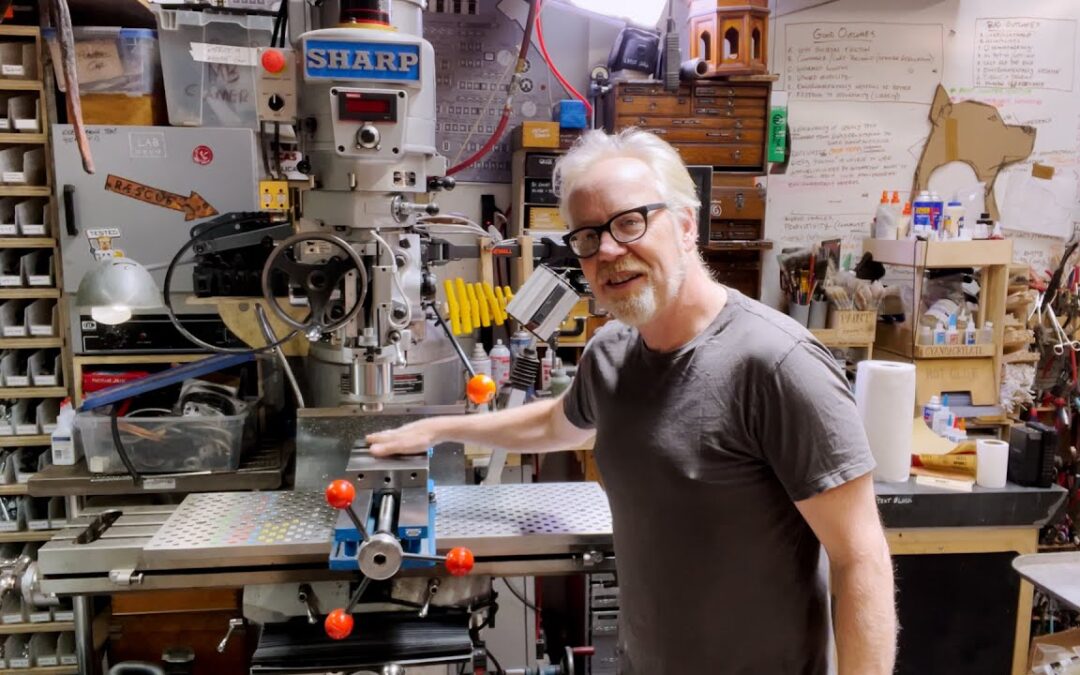Learning how to cut a keyway on a milling machine is a valuable skill for many in the manufacturing industry. This article dives into the fundamental aspects of this process, making it accessible to everyone from entrepreneurs and business leaders involved in industrial operations to enthusiasts looking to expand their knowledge.

Understanding the Importance of Keyways
Keyways are integral components in machinery, providing slots or pockets that fix a wheel or gear to a rotating shaft. This prevents the gear from misaligning or slipping. Understanding their importance can significantly impact manufacturing efficiency and machine performance.
The Role of a Milling Machine
A milling machine is a versatile tool capable of a variety of functions. It can carve out, engrave, or shape multiple materials. In the context of keyway cutting, it enables precision and consistency.
Setting Up Your Milling Machine
Proper setup is vital. Ensure that your machine is clean and well-maintained. Secure your workpiece tightly, so it doesn’t move during operation.
Choosing the Right Tools
Selecting the correct cutting tool is crucial. For keyways, a keyseat cutter or an end mill is typically used. The tool’s size and material depend on the keyway’s specifications and the workpiece material.
Determining the Dimensions
Accurate measurements are essential for a successful keyway cut. Use precise instruments such as calipers to determine the keyway’s width, depth, and length.
Cutting the Keyway
Once your setup is complete:
- Position the tool at the starting point on the workpiece.
- Begin cutting slowly to ensure precision.
- Use machine controls to guide the cutter along the desired path.
- Monitor cutting speed to avoid overheating or damaging the tool and workpiece.
Safety Precautions
Always wear proper protective equipment like goggles and gloves. Avoid loose clothing that could get caught in the machine. Ensure your workspace is organized.
Troubleshooting Common Challenges
Understanding potential issues and their solutions can save time:
- Tool Wear: Regularly inspect and replace worn tools.
- Chip Clogging: Clear chips frequently to prevent jamming.
- Inaccuracies in Cuts: Double-check measurements, tool alignment, and workpiece security.
Enhancing Efficiency
Investing in quality tools and maintaining equipment not only improves efficiency but also the longevity of your milling machine.
Understanding Machine Capabilities
Each milling machine has distinct features. Familiarize yourself with its capabilities, such as speed adjustments, to maximize use.
Advancements in Milling Technology
Stay updated with the latest advancements. Technologies incorporating edge computing, as seen in the DripX system, indicate the potential for IoT integrations in machinery.
The Future of Keyway Cutting
As industries grow, so will the demand for sophisticated keyway cutting techniques. Continuous learning and adaptation are crucial.
Applications in Various Industries
Keyways find applications across industriesfrom automotive to aerospace, showcasing their versatility and importance in mechanical assemblies.

FAQs
What tools are best for keyway cutting?
Typically, keyseat cutters and end mills are preferred due to their precision.
Why are keyways important?
They help in securing gears or other parts to a rotating shaft, ensuring alignment and stability.
Can I use any milling machine for keyway cutting?
While most modern milling machines can cut keyways, it’s essential to ensure that the machine is well-maintained and equipped with appropriate tools.
This article contains affiliate links. We may earn a commission at no extra cost to you.

